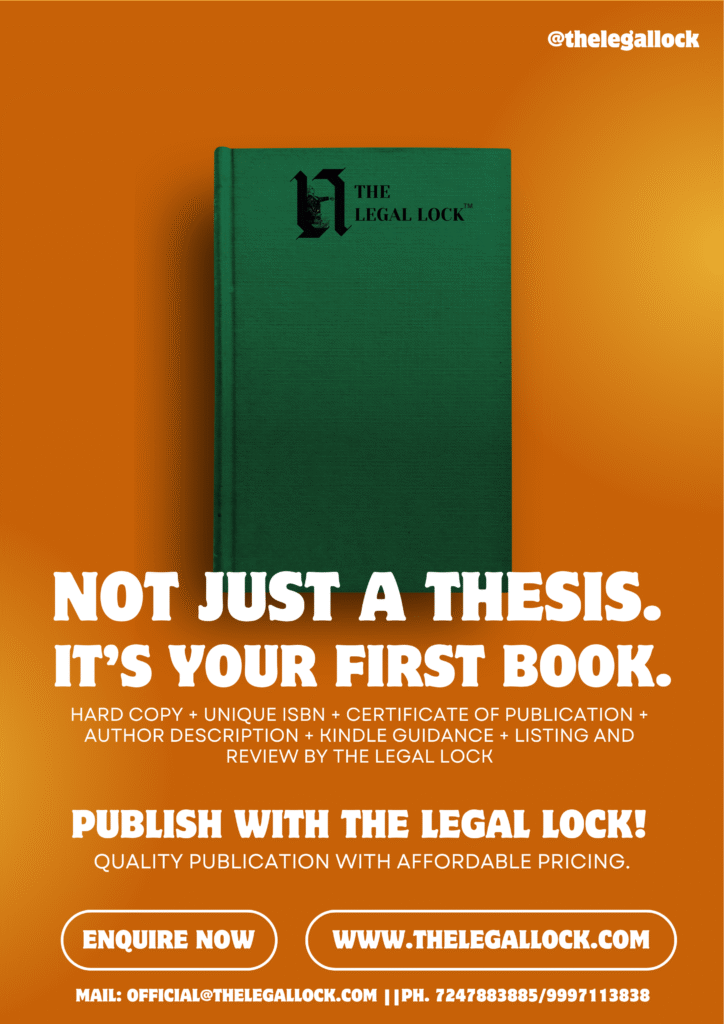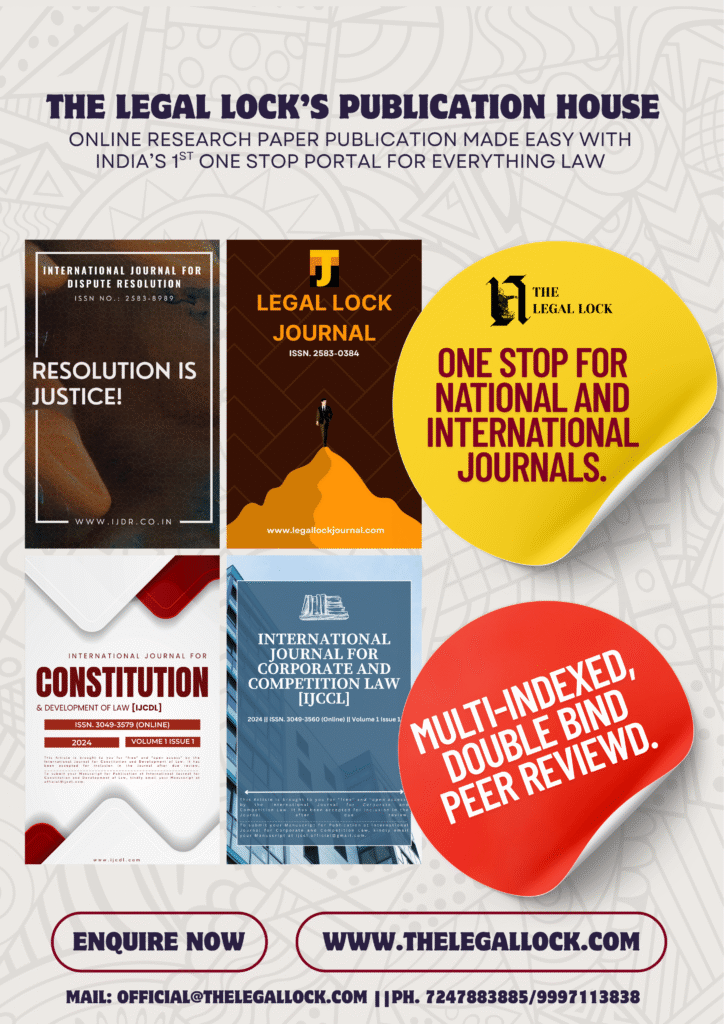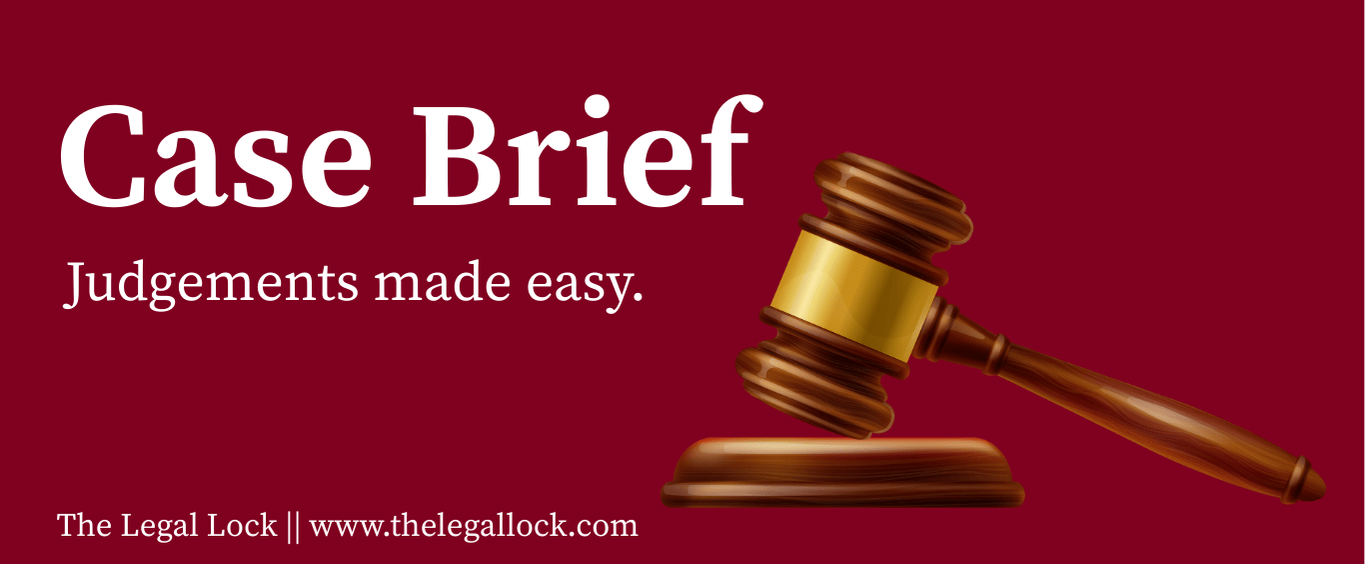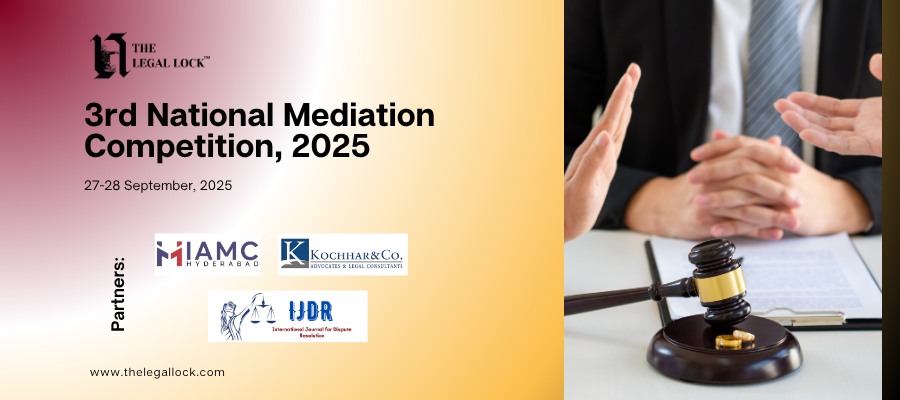| CASE NAME | Delhi Judicial Service Association v State of Gujarat |
| CITATION | MANU/SC/0478/1991; AIR 1991 SC 2176, (1991) 4 SCC 406. |
| COURT | In the Supreme Court of India |
| Bench | K.N. Singh, Kuldip Singh, and N.M. Kasliwal |
| Date of Decision | 11 September 1991 |
INTRODUCTION
In the annals of Indian judicial history, the case of Delhi Judicial Service Association v. State of Gujarat (1991) is noteworthy for the outrageous breach of judicial dignity and the consequent assertion of the judiciary’s freedom. This historic case centres on a horrifying event that happened prior to September 25, 1989, when the Gujarat Police, in response to repeated complaints against police misconduct, cruelly treated an incumbent magistrate, assaulting and handcuffing him. Outrage across the country followed the incident, which violated the judiciary’s sacredness. The Delhi Judicial Service Association, the All India Judges Association, the Bar Council of Uttar Pradesh, and the Judicial Service of Gujarat were among the legal organisations that filed petitions under Article 32 of the Indian Constitution.
In this regard, the Supreme Court of India promptly intervened by taking notice of the case on September 29, 1989, just four days after the tragedy happened, in accordance with its constitutional jurisdiction. The Gujarat state government and the concerned police officers received notifications from the highest court. The case demonstrates the judiciary’s dedication to maintaining its honour and defending the rights of its members, as well as how susceptible judicial personnel are to abuse. The Supreme Court’s later ruling in this case had far-reaching effects, strengthening the court’s jurisdiction to rule on contempt of both lower courts and itself as well as extending the reach of Article 129. This case brief will examine the incident’s specifics, the court case, and the ensuing rulings that strengthened the judiciary’s ability to withstand similar difficulties.
FACTS OF THE CASE
Chief Judicial Magistrate (CJM) Mr. N.L. Patel’s actions in Nadiad, Gujarat, served as the impetus for the Delhi Judicial Service Association v. State of Gujarat (1991) lawsuit. After Mr. Patel was appointed, he found that the local police were not following court orders, especially when it came to serving notifications and obtaining warrants, which caused lengthy trial delays.
CJM Patel lodged complaints with the director general of police as well as the district superintendent of police in reaction to the lack of cooperation. Nevertheless, the local police’s actions did not significantly alter as a result of these allegations. When constables were removed from the CJM’s court by Police Inspector S.R. Sharma, who was clearly agitated by the complaints, the atmosphere became more heated.
CJM Patel officially complained about Inspector Sharma and other police officers’ obstruction of court proceedings in April 1989. Later, on July 25, 1989, Patel gave the police the order to file a criminal complaint against 14 people for tampering with legal proceedings. The accused people apologised, but CJM Patel told Inspector Sharma to withdraw the charges against them.
Tensions between CJM Patel and Inspector Sharma became even worse, and as a result, the police filed a complaint against Patel with the high court registrar. The disagreement came to a head on September 25, 1989, when CJM Patel was forced to drink alcohol against his will by Inspector Sharma in a staged event. Inspector Sharma and other police officers harassed, beat, handcuffed, and tied Patel with a rope when he refused to comply. An further degree of public humiliation was added when a photographer was scheduled to take pictures during Patel’s following medical examination. Owing to divergent versions of the event, the Supreme Court stepped in and designated Justice R.M. Sahai of the Allahabad High Court as the investigator. The Supreme Court received a thorough 140-page report from Justice Sahai that detailed the grave misbehaviour and torture that CJM Patel had endured at the hands of the police.
After receiving Justice Sahai’s report, the Supreme Court denounced Inspector Sharma’s conduct and the District Superintendent of Police’s cooperation. Inspector Sharma was given a six-month prison sentence, and the Supreme Court stressed in its ruling how important it is to shield judges from mistreatment of this kind. This case not only demonstrated how crucial it is to preserve the independence and dignity of the judiciary, but it also led to the Supreme Court issuing rules for police to follow when it comes to the arrest and detention of judges.
ISSUES
- Did the arrest made by the police inspector amount to Contempt of Court?
- Can the Supreme Court intervene in the decisions of the Subsidiary Court or can it take cognizance in the cases where there is contempt?
ARGUMENTS
- The contemners argued that Articles 129 and 215—which specify the separate domains of jurisdiction of the Supreme Court and High Courts—define the Supreme Court’s jurisdiction with regard to contempt. They claimed that the supreme court lacked the authority to rule on contempt matters involving lower courts.
- Despite being a court of record, the contemners argued that the Supreme Court lacks particular authority to decide matters involving lower courts in contempt under the constitution or any legislation. They highlighted the boundaries of authority set out in Articles 129 and 215.
- Citing Section 15 of the Contempt of Courts Act, the contemners said that the Supreme Court lacks jurisdiction to address cases involving contempt of lower courts as per this clause. They argued that inherent powers could not be used in the absence of a formal grant of jurisdiction.
- In K.L. Gauba v. The Honourable Chief Justice and Judges of the High Court of Judicature at Lahore & Anr., the contestants contended that the Supreme Court ought to adhere to the precedent established by the federal court, which was the court’s predecessor. They claimed that this case precluded any ruling on the Supreme Court’s inherent authority under Article 129.
- The idea of universal jurisdiction was rejected by the contemners, who placed emphasis on the idea of restricted powers for all courts, including the Supreme Court. They maintained that the conclusions of the judge’s committee of the Allahabad High Court should not be taken into consideration and that Article 142 cannot supersede already-established legislative requirements.
- The Contempt of Courts Act of 1971, which recognised the Supreme Court’s authority to impose penalties for contempt of lower courts, was accepted by the contemners. They did, however, challenge the idea that inherent authority comes only from Article 129 and emphasised the restrictions imposed by law.
- The Supreme Court’s counterarguments emphasised the supreme court’s inherent authority under Article 129 of the constitution. They further emphasised that Article 142 gives the Supreme Court broad authority to penalise for contempt of its lower courts, refuting the argument that this authority is limited.
DECISION
The Supreme Court defined its authority under Articles 129 and 215 in the landmark decision of Delhi Judicial Service Association v. State of Gujarat (1991), particularly with regard to issues involving the judiciary and contempt. Taking into account the public’s significant interest and acknowledging the broad definition of criminal contempt, the court affirmed its jurisdiction to deal with conduct that affect the administration of justice.The ruling upheld the Supreme Court’s and the High Courts’ authority to penalise for contempt in accordance with Articles 129 and 215. The importance of Article 136 in giving the Supreme Court a great deal of appellate authority was highlighted.
In response to questions regarding the Contempt of Courts Act, the court declared that Article 129’s inherent rights are unaffected. It was said that the goal of Article 374, which affirms the Supreme Court’s independence from earlier rulings, is to ease the transfer from the Federal Court.The court emphasised the Supreme Court’s authority to decide its jurisdiction, rejecting the idea of restricted jurisdiction. Interestingly, even though contempt notifications are important, Article 129 is not always triggered by their issuing.
The ruling emphasised the peculiarities of contempt, setting it apart from other crimes and outlining its own processes. It ended by reaffirming that the primary jurisdiction of High Courts for contempt of subordinate courts under the Contempt of Courts Act 1971 is preserved and that Article 129’s authority is restricted to contempt of the Supreme Court. This historic decision maintained judicial independence and established important precedents regarding the Supreme Court’s jurisdiction in cases involving contempt.
ANALYSIS
The Delhi Judicial Service Association v. State of Gujarat (1991) case highlights the negative consequences of executive meddling in the administration of justice by disclosing a horrific event in which the police violated the judges’ dignity. Given the current situation, the case offers guidance for protecting judges from harassment by other government institutions, demonstrating the judiciary’s comprehensive powers under Article 129 of the Constitution. As a result of the Supreme Court’s broad authority granted by the Constitution to supervise all courts operating within India’s borders, the high court has asserted its jurisdiction in cases of lower court contempt. Nonetheless, the independence of lesser courts in resolving contempt cases is called into question by this centralization. Practical concerns include the Supreme Court’s overloaded docket and the possibility of evidence manipulation during the relocation of cases to the nation’s capital.
It is argued that a constitutional change is necessary in order to provide subordinate courts the authority to decide cases of contempt on their own. This independence is thought to be essential for maintaining public confidence in the legal system, averting discontent with lower court rulings, and lowering the need for higher judiciary interventions.The ruling emphasises how crucial it is to defend judges against efforts to obstruct the administration of justice and how the authority to penalise for contempt supports both the maintenance of public justice and individual safety. The courts are advised to take careful notice of any deliberate interference with judicial functions, whether the interference occurs within or outside the court, as it is considered contempt.
The analysis explores the importance of contempt proceedings, highlighting that the authority to penalise for contempt is not intended to protect judges individually, but rather to defend the administration of justice. It is believed that the contempt jurisdiction is an essential instrument for upholding law and order and guaranteeing that each person has an unbiased trial. It is said that the authority should be used carefully, concentrating on measures that impact the way justice is administered or undermine public trust in the court’s ability to do its job.
In conclusion, the case highlights the delicate balance that must be struck between the right to free expression and the right to impartial justice, stressing that serious and willful disruption of legal processes should warrant the filing of a contempt case rather than small-minded critiques. In order to preserve the integrity and respect of the judiciary while also taking into account constitutional norms, the study recommends a cautious and adaptable application of contempt jurisdiction.









